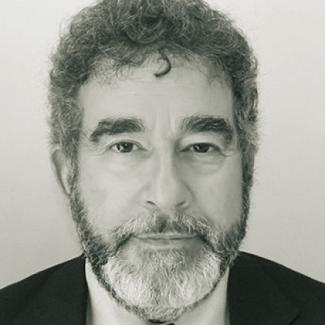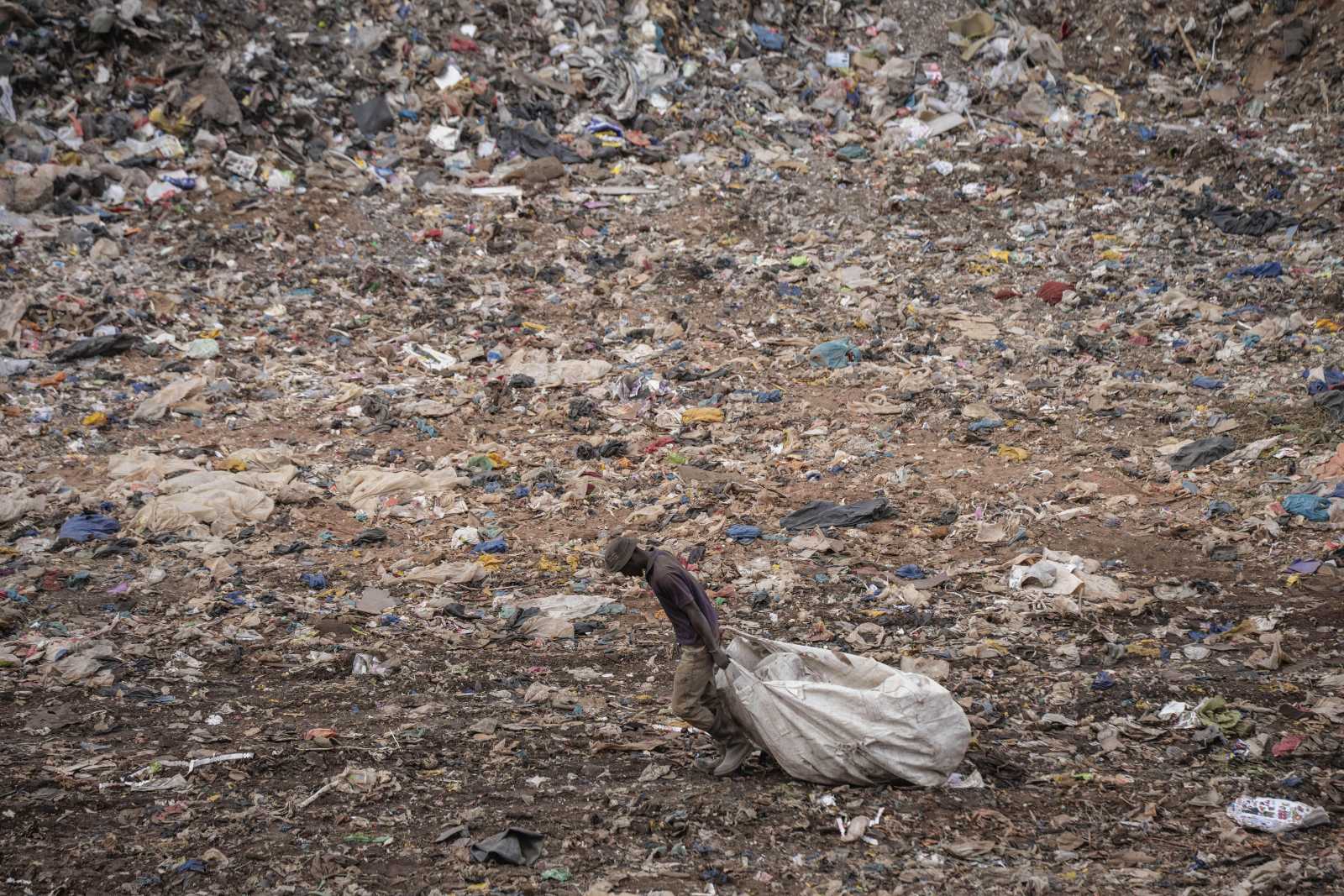Green recovery
Reviving Latin American economies sustainably

When it comes to recovering economically from the Covid-19 pandemic, the Latin America and the Caribbean (LAC) region has more work to do than most. The pandemic hit LAC hard, both medically and economically (see Thuany Rodrigues on Brazil's over-stretched health-care system on www.dandc.eu). On the health front, the region suffered almost one-third of all global deaths, although it has only 8 % of the world population.
On the economic front, the region’s gross domestic product (GDP) shrank by 6.8 % in 2020, compared to a 3 % reduction in world GDP. LAC populations worked 16 % fewer hours than in the previous year – almost twice the global rate of job loss. Poverty and extreme poverty reached levels not seen in the last 12 and 20 years, respectively, according to the United Nations Economic Commission for LAC (ECLAC).
The region’s post-pandemic economic recovery has been partial and fragile. To speed up recovery, policy makers have focused on short-term needs rather than on environmental projects that promote long-term growth. This approach is mistaken: Combating climate change is a necessary component of long-term recovery, and can speed that recovery along.
The reverse is also true: Failing to adopt green policies is likely to deepen poverty. Consider this comparison: Whereas the Covid-19 pandemic pushed 4.8 million Latin Americans into extreme poverty, the impact of climate change will add an estimated 5 million more to their ranks by the end of the decade. One reason for this: LAC is highly vulnerable to natural disasters and the impact is magnified by high population density in risk areas.
But promoting environmental protection is only part of the array of policies needed to promote a sustainable post-pandemic recovery. The region also needs well-targeted measures to address health and social challenges.
So far, LAC governments have not given sustainable policies enough attention in their post-Covid economic recovery plans. In 2020, the 33 LAC countries allocated $ 318 billion to recovery measures, but only $ 46 billion of that amount went to green measures. The region’s allocation of 14.5 % of aid funds to green projects falls well short of the global average of 19 %, according to the Global Recovery Observatory (GRO), an initiative of Oxford University, the United Nations Environment Program (UNEP), the International Monetary Fund (IMF), and the German Development Agency GIZ.
To be sure, LAC cannot compete with the much larger fiscal and monetary stimulus packages of the advanced economies. But the region has discretion in how to spend the funds it does have. Unfortunately, 77 % of the regional recovery budget so far has gone to short-term projects compared to only 16.1 % for long-term recovery projects, according to the GRO.
Similarly, the region lags behind the Rest of the World (RoW) on environmentally sustainable economic recovery expenditures. In LAC these comprise 0.5 % of total spending, compared to 2.8 % in RoW. LAC spending on environmentally sustainable expenditures comprised 2.2 % of long-term recovery spending, compared to 19.2 % in RoW.
In terms of absolute numbers, the comparison is similarly stark. On average, advanced economies allocated $ 12,700 per capita to post-Covid recovery, compared to $ 650 in emerging markets and developing economies. LAC lagged even further behind, allocating only $ 490 per capita as of May 2021.
Opportunities ahead
On the plus side, the region has many opportunities to close the gaps between what it is now spending on green recovery projects and what it could and should be spending.
To begin with, the region received timely help from multilateral institutions. A Special Drawing Rights issuance by the IMF put $ 43.5 billion into government coffers. In addition, LAC has a wealth of natural resources, which it can leverage in a drive toward a green recovery. The region is home to 22 % of the world’s forested areas, meaning that it could be an effective global carbon sink. It has mineral resources that are crucial for decarbonisation. And it is a major net food exporter, with great potential for low-emissions agriculture and aquaculture. The region also has the world’s cleanest energy mix, according to the World Bank.
The region’s governments should use these advantages to focus on developing renewable energies and ensuring universal access to electricity and clean fuels. Among other measures, they should expand and modernise hydroelectric plants and electric transmission lines, and take steps to improve energy efficiency (see box: Room for improvement).
Governments should also do more to attract private investors to their renewable energy industries. Several governments have already taken steps in this direction. Renewable energy auctions have eased the development of LAC solar, wind, hydroelectric and biomass energy projects. The result has been renewable-energy producing plants worth more than $ 46.8 billion and representing 27 gigawatts of new capacity.
LAC governments should also expand business opportunities in their fishing, aquaculture, forestry, and climate-friendly agricultural industries. And they should protect the environment by promoting water reuse, reducing leaks, encouraging energy efficiency and promoting clean fuels by reorienting energy subsidies. On average, LAC governments have spent over $ 250 billion per year on energy subsidies in recent years. They should gradually reduce subsidies for fossil fuels and instead levy taxes on carbon emissions.
Follow the money
Governments should also promote innovation in the way the green recovery is financed. It is encouraging to note that LAC governments and corporations increasingly are turning to debt markets to finance a sustainable recovery.
In 2020, LAC bond issuers floated their highest-ever number of green bonds – financial instruments that raise funds for environmental projects. In less than two years, between September 2019 and June 2021, issuance of LAC green bonds more than doubled, from $ 13.6 billion to $ 30.2 billion. By year-end 2021, the region’s bond market was on track to show similarly positive numbers.
The government of Chile was the motor behind this growth, issuing $ 3.8 billion in green bonds, followed by various issuers from Brazil with $ 2.5 billion. In addition, new countries entered the green bond market in the past two years: Barbados, Bermuda, Ecuador, Panama, and Argentina issued their first green bonds since 2019, bringing the total number of Green, Social and Sustainability issuer countries in LAC to 15.
Green bonds are the most established of the environmental, social and governance (ESG) debt instruments, but they are not the only ones. Sustainability-linked bonds (SLBs) are becoming increasingly popular alternatives. SLBs are debt instruments linked to achieving defined ESG objectives. In 2020, for instance, Banco del Estado de Chile – a public bank created by the government in 1953 – issued a yen-denominated "women's bond", raising the equivalent of $ 95 million to improve women entrepreneurs’ access to financial and other services in Chile.
While non-financial corporations and governments have dominated the LAC’s green bond market, with 39 % and 25 % of the market respectively, multilateral development banks (MDBs) have been doing less direct issuing. MDBs reduced their volumes from 18 % of the LAC green bond market in 2019 to 14 % in 2021. Yet MDBs play an important role in catalysing private sector participation in these markets (see box: A push from development banks).
José Siaba Serrate is an economist at the University of Buenos Aires and at the University of the Centre for Macroeconomic Study (UCEMA), a private university in Buenos Aires. He is also a member of the Argentine Council for International Relations (CARI).
josesiaba@hotmail.com








